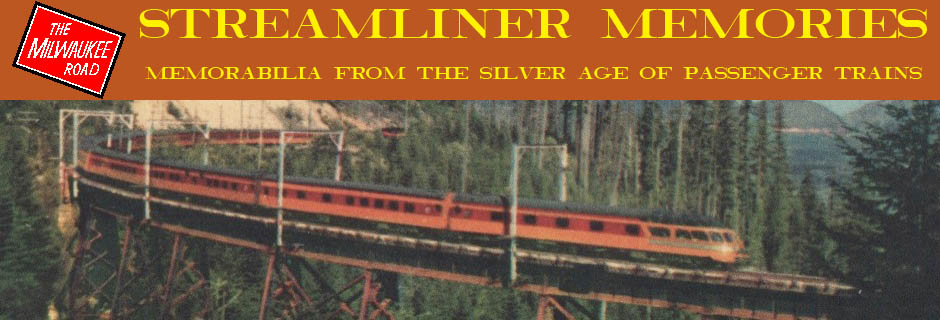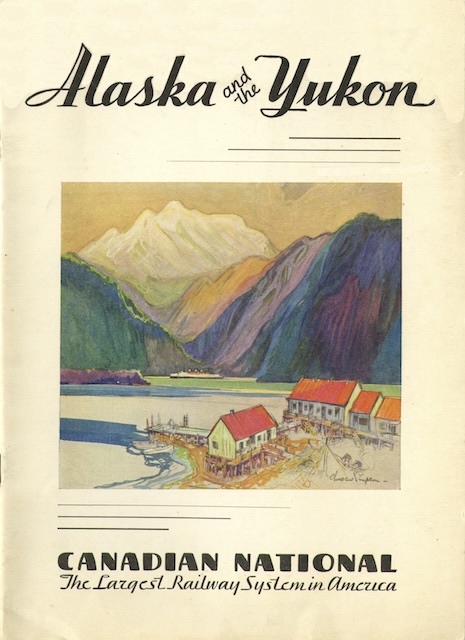Many Canadian National menus have a photo on the front cover and a brief description of the photo on the back. This one is unusual in that it has photos on both front and back covers with no description of either one other than a title.
 Click image to download a 2.1-MB PDF of this menu, which was provided by Brian Leiteritz.
Click image to download a 2.1-MB PDF of this menu, which was provided by Brian Leiteritz.
The front cover photo shows sailboats in Halifax Harbor. The back cover photo shows Canadian National’s Minaki Lodge in western Ontario. The two locations are more than 2,000 miles apart and have little to do with one another except as potential destinations on a Canadian National train. Continue reading









